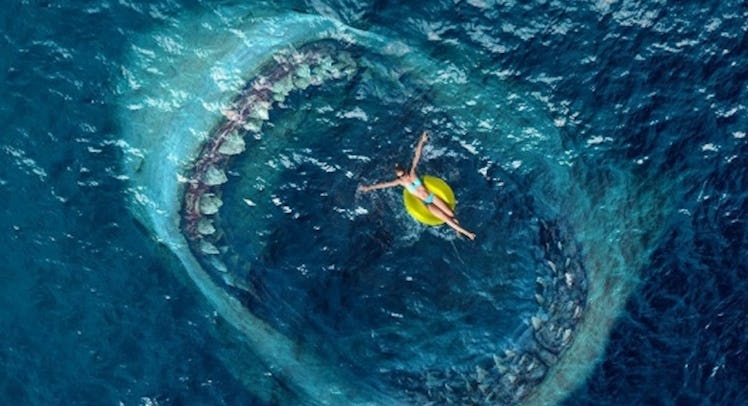‘The Meg’ Resists the Urge to Tease a Sequel With a Post-Credits Scene
Post-credit scenes have become the norm in modern blockbusters but 'The Meg' bucks the trend and lets the movie end when the credits roll.

The Meg is officially in theaters, promising movie fans a healthy dose of scares and thrills thanks to the titular 75-foot Megalodon shark. And once you have enjoyed the 113 minutes of this super shark mercilessly eating up unsuspecting beachgoers and the credits begin to roll, you will likely find yourself faced with one question: Is there a scene after the credits? After all, sitting around watching the credits roll can be a bore but it might be worth the wait if a movie gives fans an Easter egg or hints at what the sequel might be about. So does The Meg have a post-credits scene you should stick around for?
Refreshingly, the answer is a resounding no. Post-credit scenes have become the norm for modern blockbusters, as nearly every major movie makes a point of teasing out a possible sequel with a short scene after the credits have rolled. While The Meg may not be getting much love from critics – it currently has a 51 percent approval rating on Rotten Tomatoes – the newest shark blockbuster does deserve credit for bucking this annoying trend and letting the movie end when it’s supposed to. Instead of having to sit around for an extra five minutes for a 30-second clip, viewers can head out as soon as the credits appear, as The Meg does not have a post-credits scene.
But don’t let the lack of a post-credits sequence make you think that The Meg is shutting the door on any future adventures. We won’t spoil the ending by getting into details but Jason Statham, who stars in the film, told Entertainment Weekly that The Meg could certainly come back for another swim, provided the movie makes some money at the box office.
“If it makes money, there’s obviously an appetite to make more money, and if it doesn’t do well, they’ll soon sweep it under the carpet,” Statham said.
The Meg is playing in theaters nationwide.
This article was originally published on